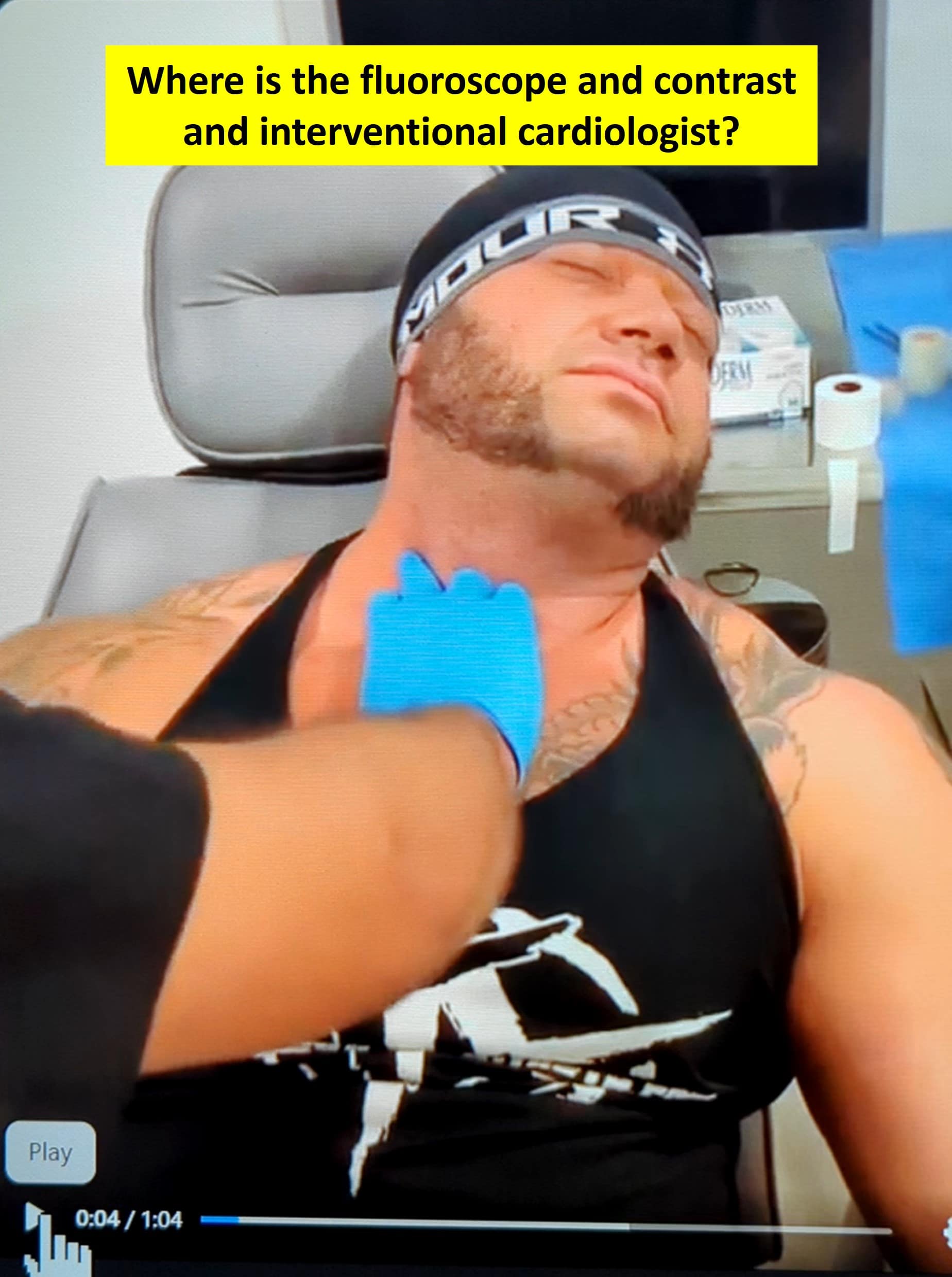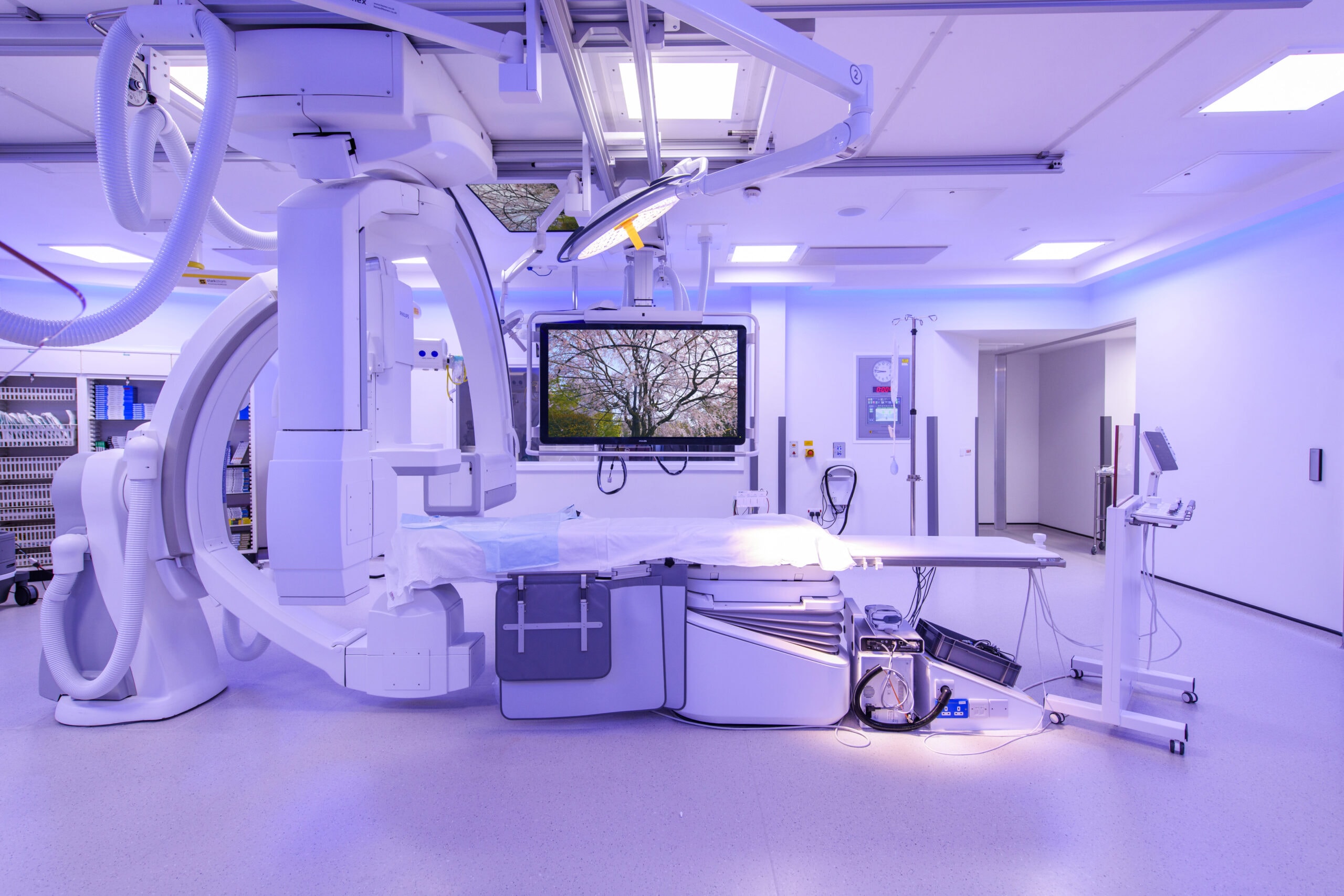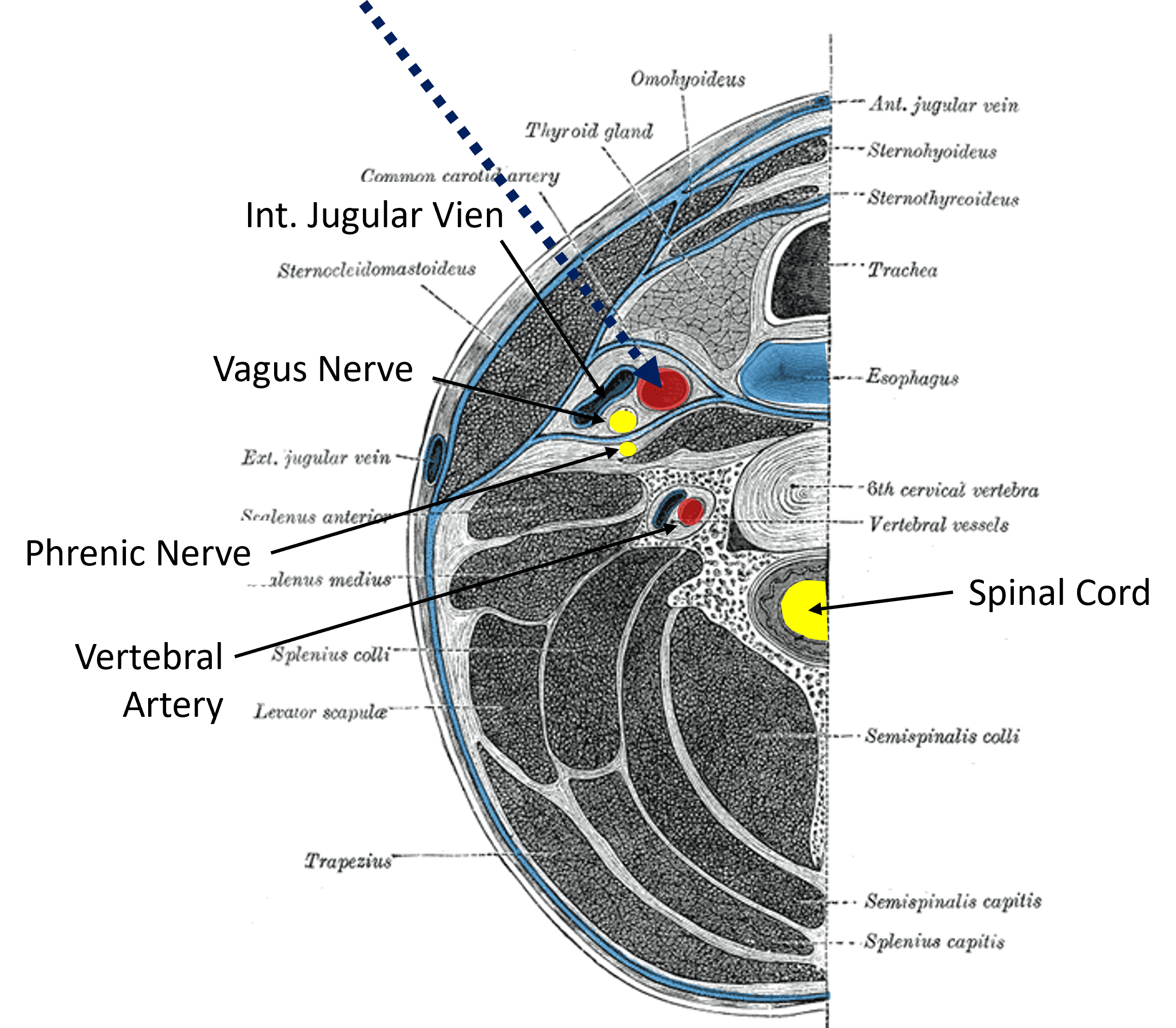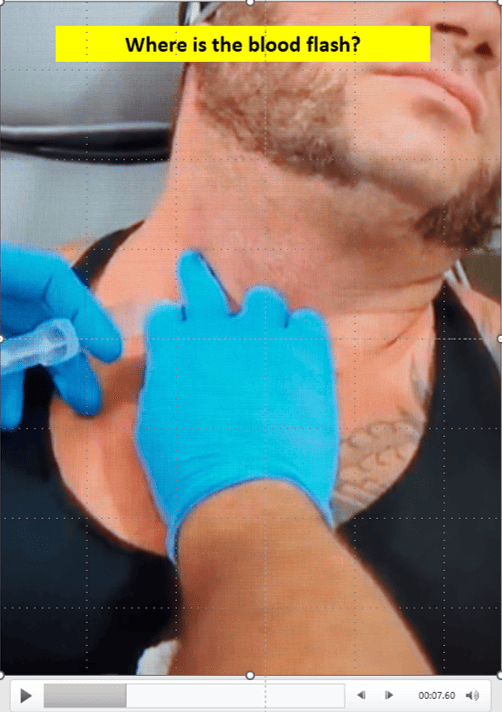Regenamex: What Does a Few Sandwiches Short of a Picnic Mean?
Regenerative medicine is very confusing to patients who often are used to buying similar consumer products that can have wildly different prices. It’s because of this confusion that many clinics offering what is in my opinion substandard care at cut-rate prices have flourished. More concerning is that the average patient has no concept that they’re getting care that isn’t high quality and could be potentially dangerous. This morning I’ll use a Mexican clinic as an example, but any short stroll through Facebook groups will identify a dozen or more similar offerings.
A Few Sandwiches Short of a Picnic
“A few sandwiches short of a picnic” is British slang that means that what you’re describing isn’t actually what it seems. In other contexts, it can also be used to describe someone who is mad or not sane. Today as I will show, there is a reason that in my opinion, it applies to Regenemex and many other clinics.
What is Regenemex?
Regenamex is a clinic owned by a self-described personal trainer and bodybuilder named Daniel Gilchrist Carruthers. It’s a fair question to ask what a personal trainer without any formal medical training is doing running a stem cell clinic. Let’s explore why this could be a problem.
Hiring physicians to perform complex procedures and making sure they perform those procedures using a consistently high standard is hard even when a specialist physician is running the clinic. Now imagine if the person running the clinic wasn’t a physician and had no formal medical training. How would that person have any idea whether the care that was being delivered was high or low quality? Safe or dangerous? Highly effective or placebo?
To illustrate this point I’ll use the social media posts from Regenamex and focus in on one of several different procedures that in my opinion bring up serious concerns.
Imaging Guidance is For Show
How did Regenamex come on my radar? Bizarrely, I was perusing Facebook stem cell therapy groups and chanced upon one that like many was seriously out of control with no medical oversight. What I mean by that was that patients would ask questions that would be answered by non-experts who would provide what were, in my opinion, misleading and incorrect answers. In other words, the group was providing bad information at best that wasn’t consistent with any known clinical science and at worst could dangerously reassure patients that they should get care that wasn’t safe.
In that group, Daniel (the personal trainer) was listed by the group founder as an “Admin” and “Group Expert”. That’s despite having published no research, never having lectured as an expert at a medical conference in this space, and having no formal advanced medical training. After trying hard to steer a few patients in the right direction by telling them what was scientifically accurate but also what they didn’t want to hear, I was offered the same designation by the founder which I turned down because the group was so out of control.
In that context, Daniel commented several times that using imaging guidance like ultrasound was more for show or to meet patient expectations. His comments weren’t medically accurate and could be easily disproven by what medical doctors have published on this topic, but those comments were, in my opinion, educating patients to accept what his clinic could cheaply deliver and not what was in their best interest. More on that below.
The Best Deal on the Planet
All of this piqued my interest, so I began to take a look at the Regenamex social media feeds. I came across this statement made by Daniel:
“I Love putting cells to work. We have a proven track record of doing things right. we are also the best deal on the planet for what we do. Why you ask? Because I’m not greedy and I would rather make less and help more! Www.regenamex.com.”
So let’s put that assertion to the test this morning.
This Scares the Heck Out of Us
A frequent physician Linkedin commenter (Don Buford, M.D.) posted a video shared by Daniel and Regenamex that got some interesting feedback from specialist physicians. This video shows a blind carotid artery injection in the neck performed by a family doctor. Before I examine the video in detail, let’s look at those physician responses:

Why am I and many of these random physician colleagues horrified by what’s on the video?
The Blind Carotid Artery Injection: What Could Go Wrong?
So here we have a patient and a family doctor who is about to place a needle into his neck using no imaging guidance:

There are many concerns right off the bat. First, the physician isn’t an interventional cardiologist with fellowship training in arterial injections, but a family doctor. Second, there is no fluoroscopy with contrast which would be standard of care in the United States or Europe for arterial injection. This is the setup we should be seeing which would permit a safe and accurate injection of this artery. A cardiac cath room like this costs almost a million dollars to install and hundreds of thousands more a year to run and maintain:

Also, it’s very uncommon to see a direct injection of the carotid artery. Why? because as we age the artery develops plaque which can be kicked off of the artery wall by a needle and lead to a stroke. Hence, interventional cardiologists commonly access this space by floating a catheter up through the groin to this spot.
In addition, where is the sterile field? Meaning we should see the use of a sterile tray, sterile gloves, sterile towels, etc… That’s just basic injection 101 stuff.
Why would performing this procedure blind matter? Let’s look at the anatomy:

The injection course this doctor is using is shown here as a navy blue large dotted line. The goal is to access the carotid artery, which I have colored red in this neck cross-section. However, being in the wrong place or off by 1/2 to an inch in a blind injection is common. So what else is in there in this area that if injected could be catastrophic for the patient?
A millimeter (a tiny fraction of an inch) to the outside is the phrenic nerve which drives the patient’s ability to breathe. If this structure is injured by the needle or the injection, that’s a bad day for everybody. In that same general vicinity is the internal jugular vein. If that structure is injected, the cells will go away from the brain and not toward it. The vagus nerve is also right there which controls everything from digestion to blood vessel tone. If this structure is damaged, it could cause a severe case of POTS and potentially disable a person for life with an inability to tolerate standing without severe cardiac stress. Go just half an inch too deep and the needle could catch the vertebral artery and end up in the wrong part of the brain (the posterior circulation). Miss even more and go an inch and a half deeper and you can cause a spinal cord injury. End up just a bit too medial and you can puncture the esophagus and cause a nasty neck infection requiring IV antibiotics to treat. In summary, injecting this part of the anterior neck without sophisticated imaging guidance and years of subspecialty training is potentially catastrophic.
There’s another big issue here we haven’t even reviewed. Culture-expanded mesenchymal stem cells are being injected and these cells love to stick together causing clumps. These cell clumps can cause platelets to aggregate and cause an embolus which could end up not in a therapeutic treatment, but a devastating stroke with permanent neurologic damage.
Next, we see this in the video:

If you were going to try to perform a blind carotid artery injection, which in my opinion and the opinion of my colleagues would be foolish and potentially dangerous, at the very least you would need to see a blood flash when you inserted the needle to ensure that you were in an artery and not somewhere else. This means that the doctor would pull back slightly on the plunger and see copious bright red arterial blood flood into the syringe. We never see that in this video. So it seems like even the most basic safety mechanism is ignored. That also means that it’s anybody’s guess where these cells were actually placed.
Is This Just the Tip of the Regenamex Iceberg?
I have seen countless videos of blind injections on the Regenamex website and in their social media feeds. In my opinion, these are below the US standard of care. Sometimes this would just result in cells being placed in the wrong spot and no response from the injection. As you can see, at other times, the procedure itself is high risk. In these cases, bad things are more likely to happen.
IMHO, the basic problem for Regenamex and countless similar clinics is that in a non-physician-run practice, there is nobody in charge who is overseeing the quality of the care. To prove my point, consider that this video was proudly shared by Daniel, who obviously didn’t understand that there were many different US and European standard of care breaches happening.
The upshot? First, these videos take time to analyze and expose. In addition, the average patient would have no idea that in my opinion, the video they’re seeing falls well below the US and European standard of care. If you’re a patient, do your homework as it’s “buyer beware” in the stem cell wild west. In this case, as you can plainly see, we have quite a few sandwiches missing from our proverbial picnic. Or said another way, in my opinion, there’s a reason a treatment at Regenamex costs less, but it’s not the reason any intelligent and well-educated patient should accept.

If you have questions or comments about this blog post, please email us at [email protected]
NOTE: This blog post provides general information to help the reader better understand regenerative medicine, musculoskeletal health, and related subjects. All content provided in this blog, website, or any linked materials, including text, graphics, images, patient profiles, outcomes, and information, are not intended and should not be considered or used as a substitute for medical advice, diagnosis, or treatment. Please always consult with a professional and certified healthcare provider to discuss if a treatment is right for you.
